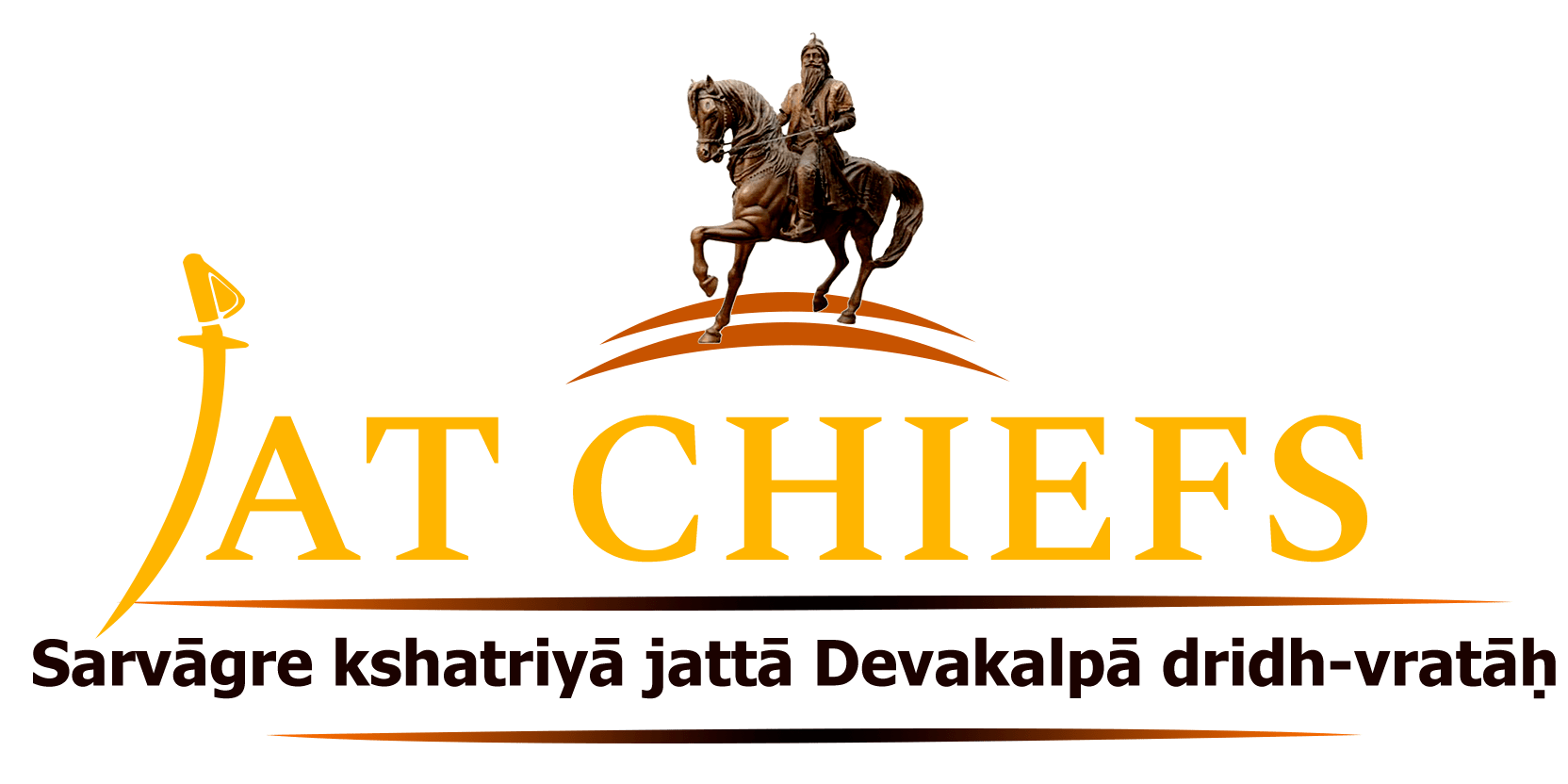Raja Gurdit Singh was ruler of Ladwa State .He was Direct Descendants of Chaudhari Vega Bhatti who was Bhatti Jat Jagirdar Of Vein Poin in early 15th century . His younger son was migrate from Vein Poin and Establish his Jagir at Ladwa. Later Raja Gurdit Singh was his direct descent. Raja Sahib Singh and his son Gurdit Singh of Ladwa were members of the Krora Singhia confederacy. Raja Gurdit Singh son was Raja Ajit Singh father-son duo who fought for its independence and sovereignty from the British. The British historical records and their readings by colonial and Indian historians termed these rajas as ‘Rebels’ the career of Raja Gurdit Singh of Ladwa started in 1758, when he joined the forces of Mit Singh Rohela. Raja Gurdit Singh along with other Sikh chiefs fought against Shah Zaman Durani of Kabul when he attacked the town of Jind in 1798. He also fought on the side of Maratha Sardar Sindhia against English General Lake in Delhi in September 1803 (General Lake captured Delhi on September 11, 1803). When in March 1805, the British Commander-in-Chief proclaimed general amnesty to all those Sikh Jat chiefs who would agree to observe peace and abstain from operations against the English, Raja Gurdit Singh did not bow down and defied the British authority. He was the only exception among the Sikh Jat chiefs in the cis-Sutlej area who fought against the British till his last breath. The British strengthened the Karnal garrison and built a cantonment in 1806 to face any adverse situation and the wrath of Raja Gurdit Singh.
Raja Gurdit Singh expanded his state and his manor consisted of Ladwa (94 villages); Baddowal (26); Jagraon (6); Paddhi (18); Shekpoora (9); Singhor (20); Indri (town and 11 villages); and Sikandrah (9 villages). His army consisted of 1,530 cavalry; 400 infantry men; six small guns and two big guns. A number of jagirdars served under him: Dal Singh, Dunna Singh, Mahna Singh, Sahib Singh, Ugah Singh and the family of Diwan Singh. He collected duties and customs from various Dak Chowkis amounting to 12,200 silver rupees. The land revenue from villages collected from his estate was of 205,350 silver rupees in 1808. He had three important forts in his possession at Ladwa, Indri and Karnal. His fort of Karnal was captured by the English in 1805 when they planned to set up a cantonment in Karnal around 1805-06.
After Raja Gurdit Singh’s death, his son Ajit Singh succeeded him.
Source :-
•The Punjab Chiefs – L.H. Griffin.


